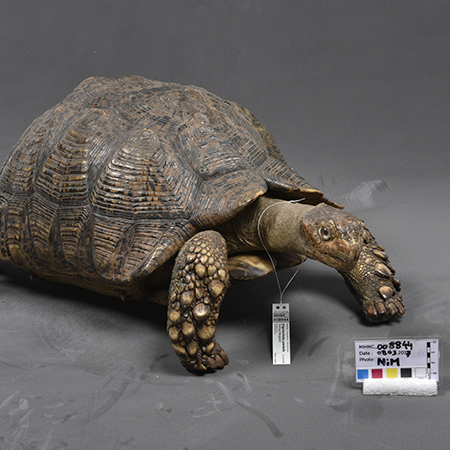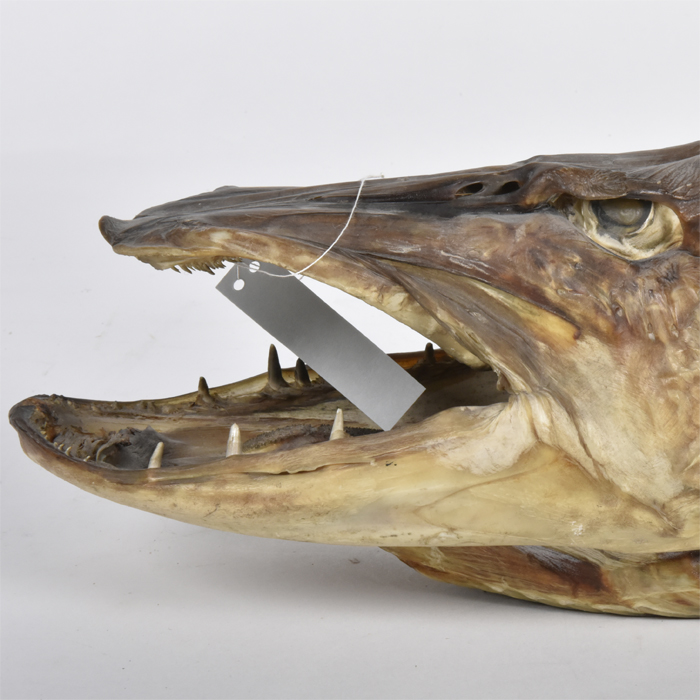Mammals
More than 2,650 mammals, in whole or in part, as skeletons, naturalized or in alcohol.
Three types of African bats described by Albert Monard, who also described or helped to describe many new species. Thanks to the exceptional contribution of this former curator, the Natural History Museum is very rich in African fauna.
Reference collection of skulls (rodents, bats, mustelids, felids, etc.).
Birds
More than 4,900 birds, in the form of skins, skeletons, fragments or naturalized. Reference collection of skins and skulls.
Reptiles
Over 1100 reptiles, including 6 types described by Albert Monard.
Amphibians
Over 900 amphibians, including 6 types described by Albert Monard.
Fish
Over 210 fish, including a large proportion from Angola.
Insects and other invertebrates
Several tens of thousands of invertebrates, including around 66,000 insects. Scorpions, exotic beetles, numerous butterflies.
Butterfly collections Joss, Anton Hirsiger, St.Urban LU; Fernand Vuilleumier, Tramelan, etc.
Geology and mineralogy
Riccardo Crosilla collection: several hundred micromounts and other minerals.
Paleontology
Flora and fauna (Graptolites, Trilobites and Brachiopods) from the Paleozoic era (Cambrian – Silurian – Devonian – Carboniferous – Permian)
Liassic fauna (cephalopods, bivalves and brachiopods) from various European regions (Germany and France)
In addition, there are important collections of naturalist art (Paul Barruel, Robert Hainard, Walter Linsenmaier, Charles-Edouard Gogler, Georges Roessinger, Louis and Marie Favre, and many others).

